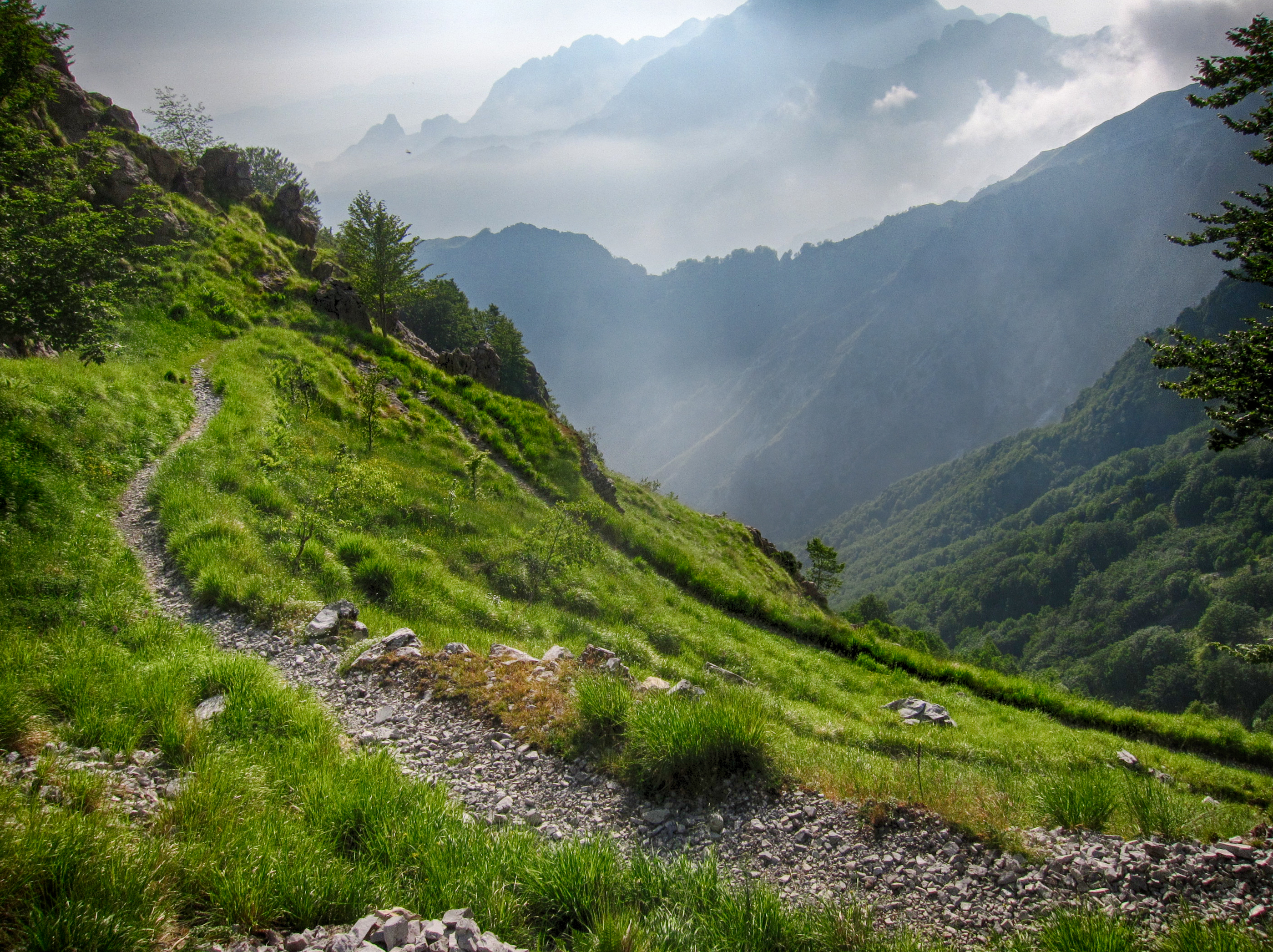|
Via Vandelli
Via Vandelli is a historical commercial and military road, designed and built in the 18th century by Domenico Vandelli under the reign of Francesco III d'Este between 1739 and 1752. The road connected the city of Modena with the city of Massa, in its original project of 1739. In the 1750s, a variant was added, connecting Sassuolo, a residence of the Duke of Ferrara and of Modena, with the existing road from Modena to Massa. After Roman roads, Via Vandelli was the first road in Europe to be designed and realized according to a project fulfilling the customer requirements and modern engineering criteria. It is also the first road to be provided with taverns, inns and staging posts. History Few years after Francesco III d'Este started ruling the Duchy of Modena and Reggio, he managed to agree the wedding between his son Ercole III d'Este and Maria Teresa Cybo-Malaspina, heir of the Duchy of Massa and Carrara. Joining the two Duchies, Francesco III gained again the out ... [...More Info...] [...Related Items...] OR: [Wikipedia] [Google] [Baidu] |
Via Vandelli Finestra Vandelli
Via or VIA may refer to the following: Science and technology * MOS Technology 6522, Versatile Interface Adapter * ''Via'' (moth), a genus of moths in the family Noctuidae * Via (electronics), a through-connection * VIA Technologies, a Taiwanese manufacturer of electronics * Virtual Interface Adapter, a network protocol * Virtual Interface Architecture, a networking standard used in high-performance computing Education * VIA Vancouver Institute for the Americas, an organization dedicated to education for sustainable development, since 1998 operating in Canada * VIA University College, a university college (Danish: professionshøjskole), since 2008 established in Denmark * VIA, Association of Information Sciences (Dutch: VIA Vereniging Informatiewetenschappen Amsterdam), at the University of Amsterdam, in the Netherlands Transportation * The name for a Roman road, e.g., ''Via Appia'' * VIA was the ICAO airline designator for Venezuelan airline Viasa (1960-1977) * VIA Metr ... [...More Info...] [...Related Items...] OR: [Wikipedia] [Google] [Baidu] |
